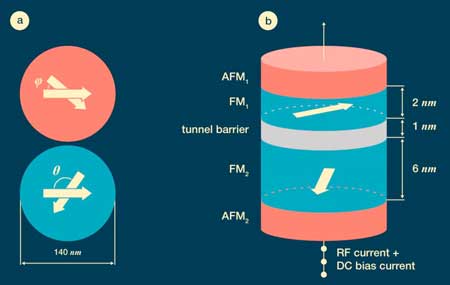
Wednesday, March 7, 2018
Physicists tune a spin diode
A team of physicists has offered a new design of a spin diode, placing the device between two kinds of antiferromagnetic materials. By adjusting the orientation of their antiferromagnetic axes, it is possible to change the resistance and the resonant frequency of the diode.
New insights could pave the way for self-powered low energy devices
Scientists have discovered more details about the way certain materials hold a charge even after two surfaces separate, information that could help improve devices that leverage such energy as a power source.

Dog's nose inspires new graphene gas sensor materials
Researchers report that they were able to mimic a dog's sniffer with graphene-based nanoscrolls.
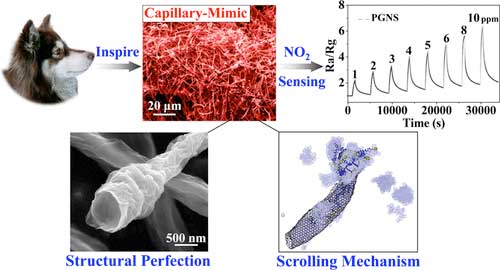
New approach to measuring stickiness could aid micro-device design
Engineers have devised a new method of measuring the stickiness of micro-scale surfaces. The technique could be useful in designing and building micro-electro-mechanical systems (MEMS), devices with microscopic moving parts.
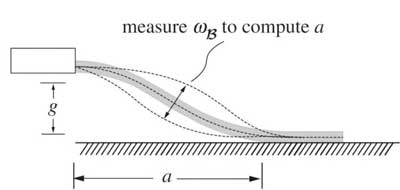
Researcher makes bold move by releasing nanotechnology 'recipe'
In a rare move, a researcher is sharing his recipe for a new, more affordable way to make nanoparticles. This will empower any laboratory in the world to easily create similar nanoparticles and could lead to a whole new way of delivering biotherapeutic drugs and do it more quickly.

Mapping battery materials with atomic precision
Researchers map the atoms of battery materials and explored how composition affects structure.
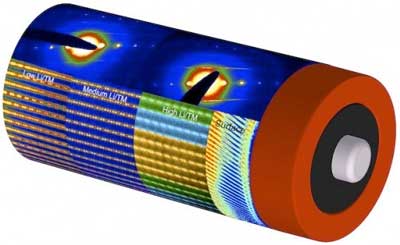
New transistor concept, solar cell included
Researchers have developed a novel concept in transistor technology: a two-in-one power source plus transistor device that runs on solar energy.
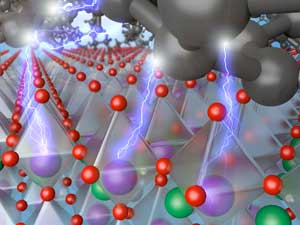
Workshop: Battery Innovation through advanced structural, chemical and mechanical characterisation
This interactive workshop highlights how different characterisation techniques combine to address the development, performance and degradation challenges for lithium-ion and solid-state batteries.
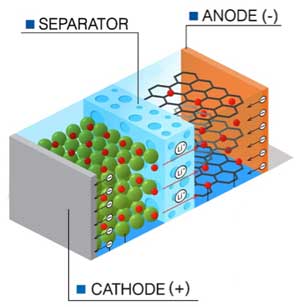
One for all: super-resolution microscopy with one universal nanobody
Scientists have developed a new strategy for dense, unobtrusive labeling of proteins. They utilize an inert peptide-tag in combination with a high affinity nanobody for close-grained fluorophore tagging with minimal linkage errors.
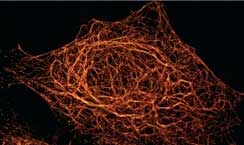
Direct observation of topology hidden inside materials
Determining the topological nature of materials by their substances is more important than their appearance.
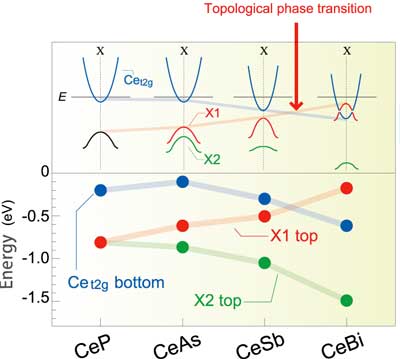
Graphene promise for more efficient fertilisers
Fertilisers with lower environmental impacts and reduced costs for farmers are being developed by researchers in the world-first use of the new advanced material graphene as a fertiliser carrier.
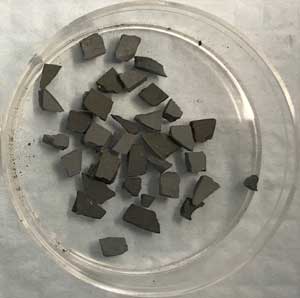
Subscribe to:
Comments (Atom)
